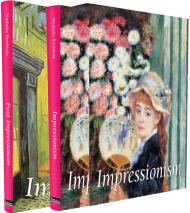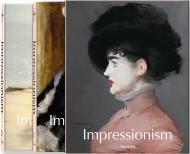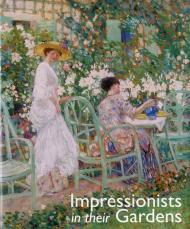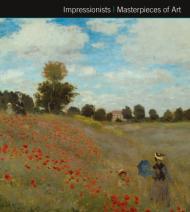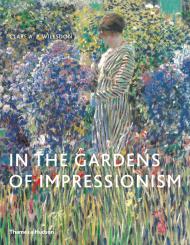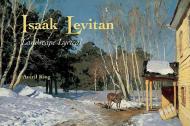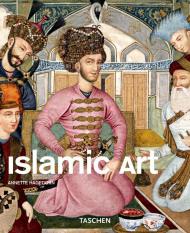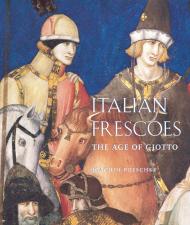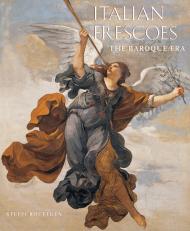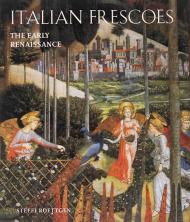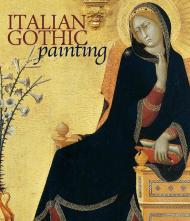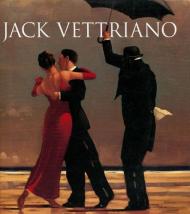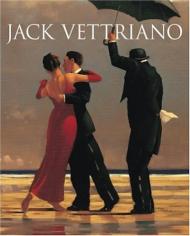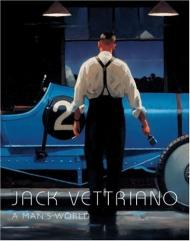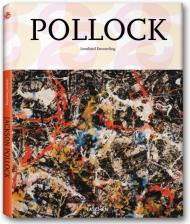Clare A. P. Willsdon
A visual exploration of the Impressionists’ love affair with the new thinking about garden design that swept 19th-century France
From Manet's earliest depictions of the Tuileries Gardens in Paris to Monet's late waterlilies painted at Giverny, the Impressionists' love affair with gardens has left an exhilarating legacy. As places of rest, relaxtion, beauty and leisure, indeed, they were the Impressionist subject par excellence, offering all the evanescent beauty of colour and light that these artists loved. But what meanings might lie underneath the surface of their works?
This book explores the Impressionist's fascination with gardens, parks and flowers in the context of the 'great horticultural movement' and of the changing political and cultural landscape in France. Drawing on sources such as gardening journals, well-known novels by Zola and Flaubert, poetry by Baudelaire, and the artists' personal letters, it describes how gardens were central to the Impressionists' discovery of their distinctive plein-air (out-of-doors) style, and how they influenced the artists as spaces which were at the same time both 'modern' and imbued with nostalgia. It also brings to life the enchanting tradition of floral symbolism in 19th-century France, and explores - for the first time ever - how this infiltrated the work of key Impressionists such as Monet. A final chapter covers the spread of Impressionist garden painting outside France, exploring the exciting developments in Britain, Germany, North America and Japan.
With its new discoveries about familiar works by Manet, Renoir, Degas, Monet and Pissarro, thorough coverage of less familiar Impressionists such as Bazille, Caillebotte and Guillaumin, and spectacular illustrations, including period photographs, engravings from journals and cartoons, as well as paintings and drawings, this book will appeal equally to the scholar, student, art lover or gardening enthusiast.
Contents List:
1. Flowers of Tradition
2. Horticulture and Pleinairisme
3. Private Gardens in Early Impressionism
4. Painting the Parisian ‘Bouquet’
5. Sunshine, Shadows and Sanctuary
6. The Social Garden
7. The Working Garden
8. Cultivating Inspiration
9. The Impressionist Garden Beyond France
